8 things Nissan changed for the new Z Nismo
Nissan’s in-house performance division, Nismo, has a long history of tuning the automaker’s road cars, guided by lessons learned in racing. Mind you, Nismo doesn’t usually hot-rod an existing vehicle in the same way that Shelby amps up Ford’s Mustang, starting by yanking out the base engine for one with 60 percent more horsepower. Though the Nismo version of the 2024 Z is slightly more powerful (+20 hp, +34 lb-ft) than the base car, thanks to faster-spinning turbochargers and a refined ignition system, the engineers spent the majority of their time making a more agile Z. The manual transmission offered on the regular Z was voted out from the start; it simply didn’t shift fast enough. With that decision made, Nismo focused on stiffening the Z’s chassis, developing grippier tires with Dunlop, and refining the car’s aerodynamic kit. They even bolted in Z Nismo-specific Recaro seats so you and your passenger don’t get too jostled.
To understand the subtle but significant changes to this Nismo Z, we pored over the car with performance development manager Christian Spencer, who has spent time behind the wheel of this car during its extensive testing at Buttonwillow Raceway in California.
Oh, and if you’re wondering how much the Nismo version costs, so are we: Nissan is staying tight-lipped for now.
Chassis

It all starts with a stiffer chassis. For this tighter-handling Z, Nismo redesigned the steel braces in the front and the rear of the car and added more bracing underneath the floor. The new strut-tower brace is adjustable—you won’t find it on the base car. Torsional rigidity increases by 2.5 percent.
Suspension

Springs, shocks, stabilizer bar, bushings, engine mounts: To complement the stiffer chassis, NISMO replaced every one of these components. The springs have a higher rate and the shocks are larger. The NISMO Z shares no suspension hardware with the base car, Spencer says.
Aerodynamic kit
There’s more going on here than a red-accented body kit. Nismo’s Z wears a longer nose, fitted with a canard at each corner. These canards create a vortex over each wheel, an air movement pattern that helps suck the car to the ground. Out back, you’ll find that the edges of the rear bumper are near-vertical, with sharply angled faces—a trick to interrupt the air as it flows past the back of the car. This “wake” produces, according to one study, 30 percent of the aerodynamic drag on a vehicle.
The rear spoiler is Nismo-specific, too. It’s taller and wider than the one on the Performance-trim Z, and it is split into three pieces so that you can still open the trunk. Considerate!
Shift timing

The number and ratio of gears in the nine-speed transmission haven’t changed, but shift speeds have, thanks to software changes. Downshifts, according to the manufacturer, happen almost twice as fast as they do on the non-NISMO Z—at least, if you’ve toggled the new, Nismo-specific drive mode, Sport+, which cues the transmission to be as aggressive as possible. (Spencer doesn’t recommend it for street driving; you might feel like an F1 driver, but your passenger might not appreciate it.) Engaging the gears quicker and harder generates more friction, so engineers added new clutch packs to dissipate the heat.
Steering feel

The Z’s electric power steering system uses a motor mounted to the steering rack, like most cars these days. Compared with a hydraulic pump, which takes up much more space, an electric motor is compact and its force can be “infinitely adjusted.” This gives engineers a great degree of control, which means the Nismo steering can have a distinct, more responsive feel than the ordinary Z, says Spencer. The degree of effort varies across the three drive modes and is highest in Sport Plus.
Spark timing

Along with the upgrades to the two turbochargers, which allow them to spin 5000 rpm faster, Spencer says that the most significant technical changes made to the Z’s 3.0-liter V-6 were to the ignition system. Nismo spent some extra money to place a control unit on each cylinder, ensuring that each cylinder receives a more precisely timed spark.
Tires

You won’t find these exact Dunlops on the regular Z (it wears Bridgestones) or on any other car. Nismo started with the tire compound it uses on the six-figure, all-wheel-drive GT-R and worked with Dunlop to tailor it to the Z. Aspect ratio and height remains the same as on the Z Performance, though the rears are 10 mm wider (285 mm) on the Nismo version. Wheels are still 19-inch forged aluminum-alloy affairs made by Rays, albeit featuring a multi-spoke design in this application.
Brakes

The front brake rotors are ever so slightly larger than the ones on the Performance Z: 15.0 inches in diameter for the Nismo variant vs. 14.8. Those on the rears remain the same size from Nismo to regular, at 13.8. The brake-pad compound is more aggressive, however, as you’d expect for a car intended for harder use.
What will all Nismo’s changes mean for what’s now the hottest Z of the bunch? Watch this space to find out.
***
Check out the Hagerty Media homepage so you don’t miss a single story, or better yet, bookmark it. To get our best stories delivered right to your inbox, subscribe to our newsletters.

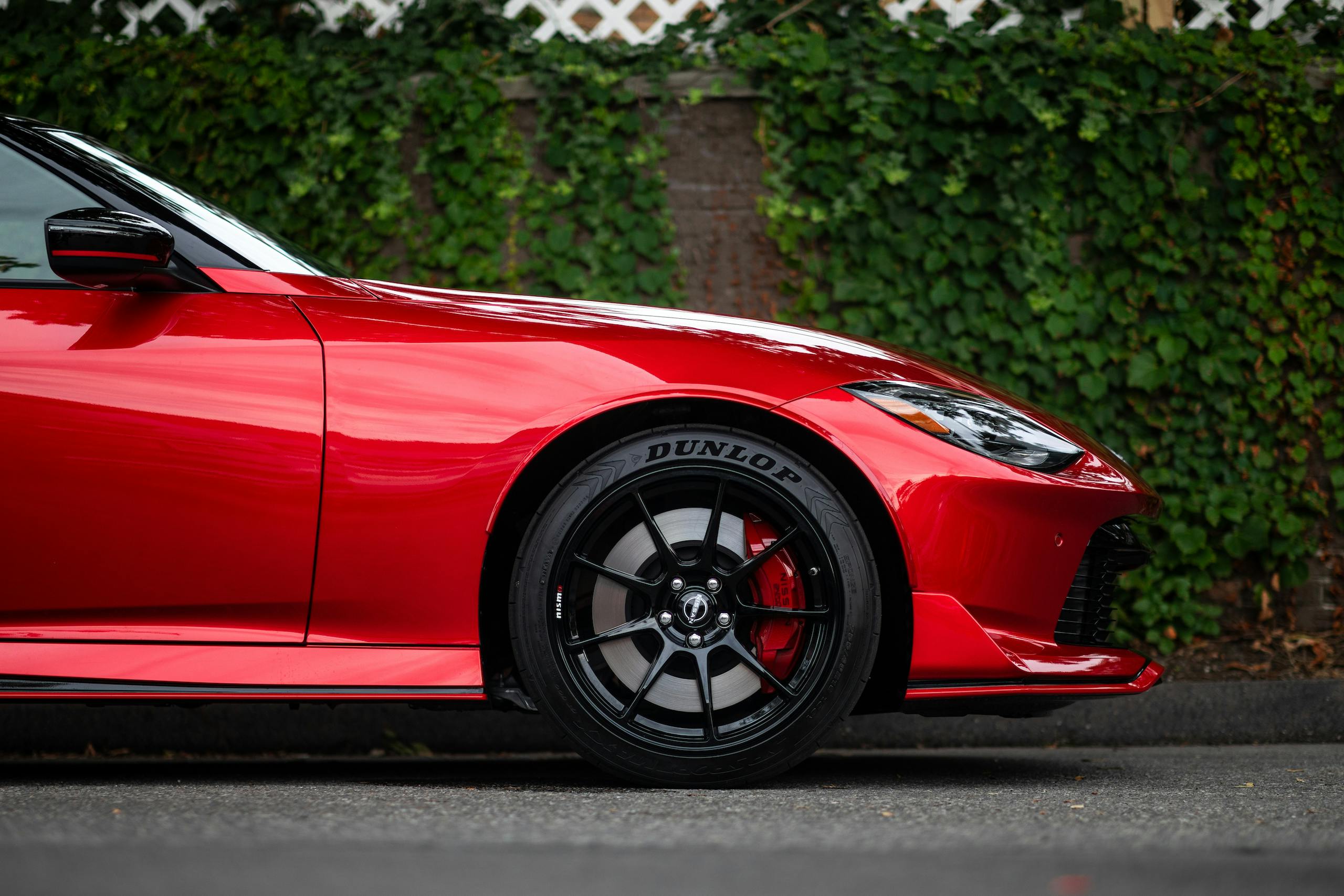

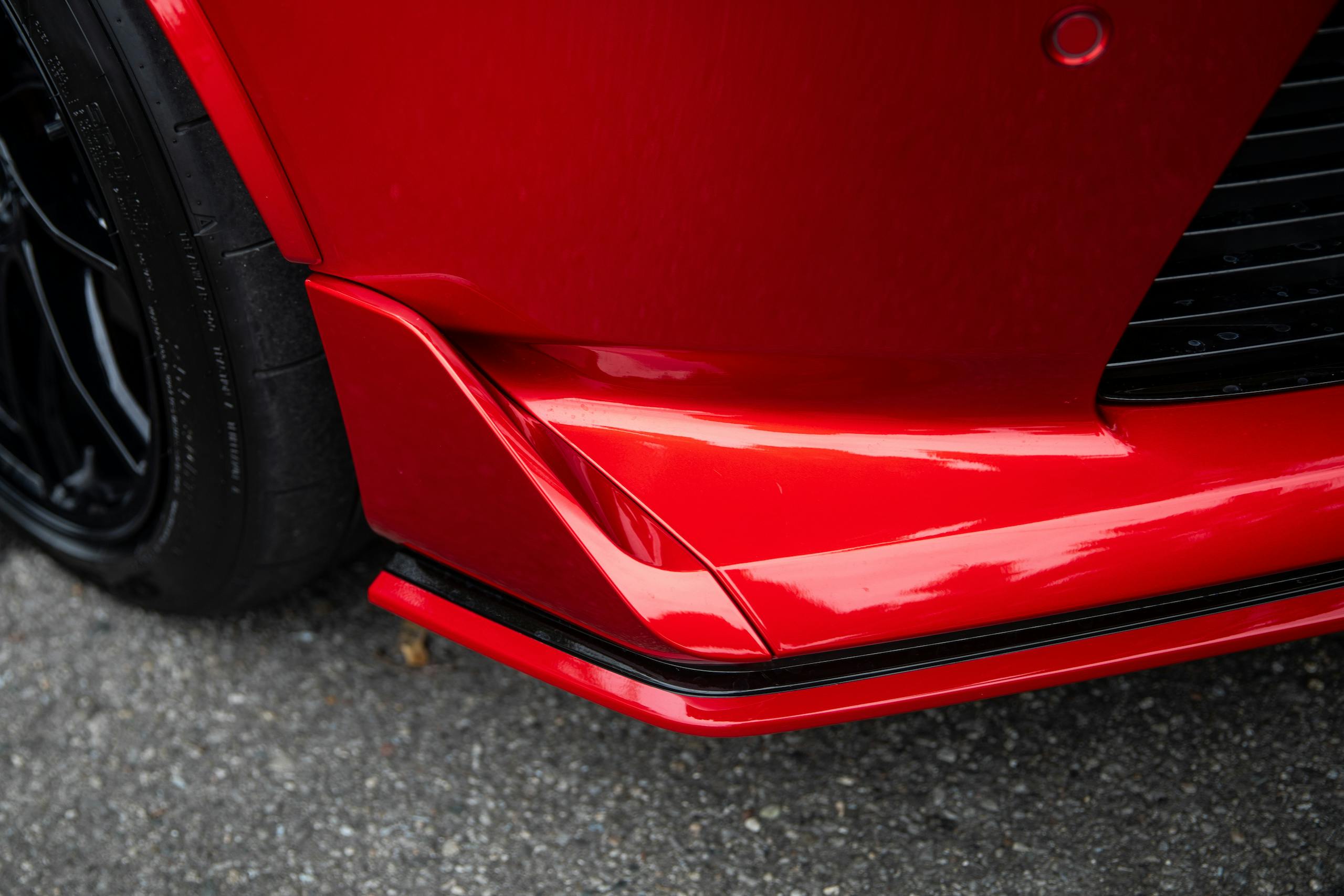
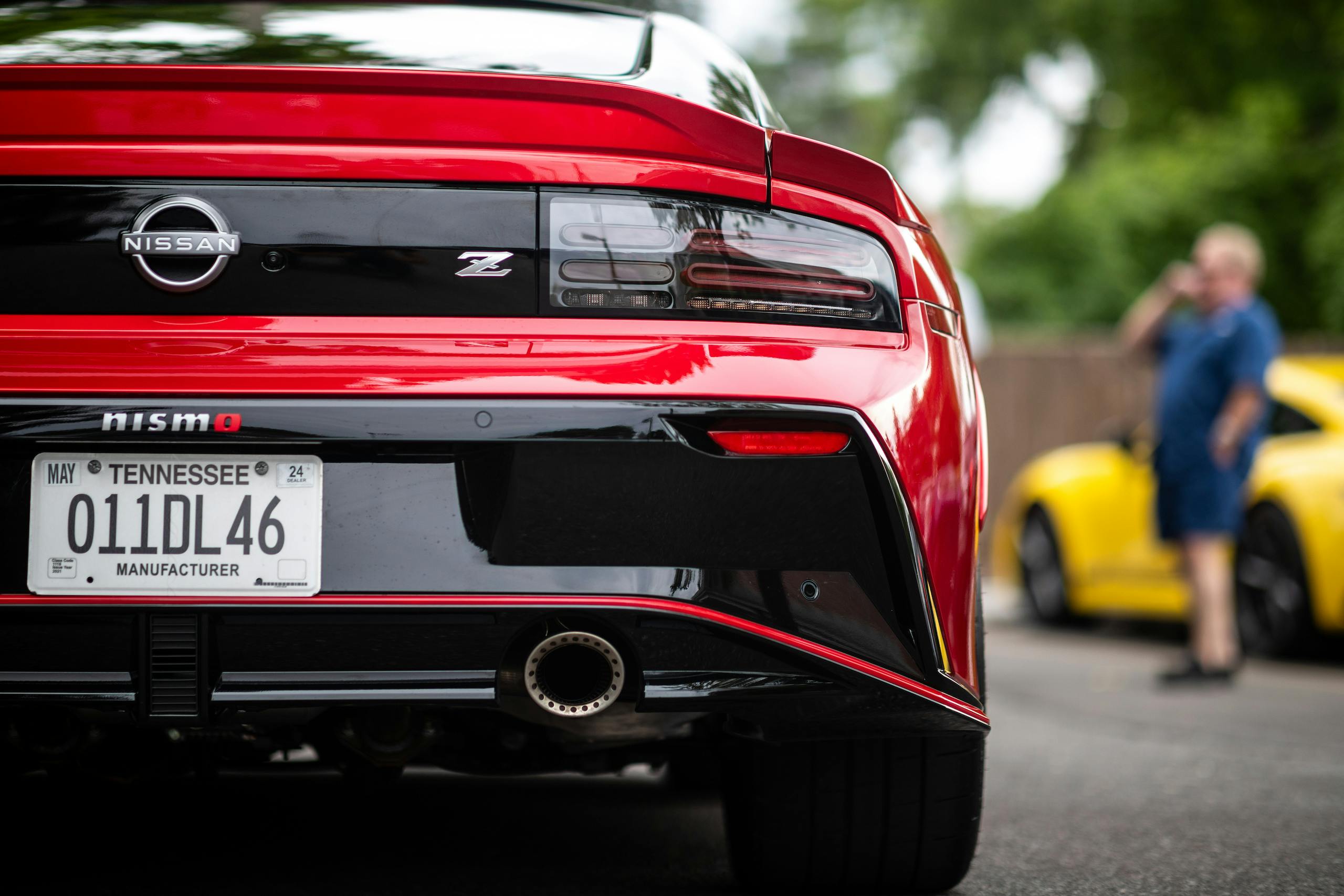
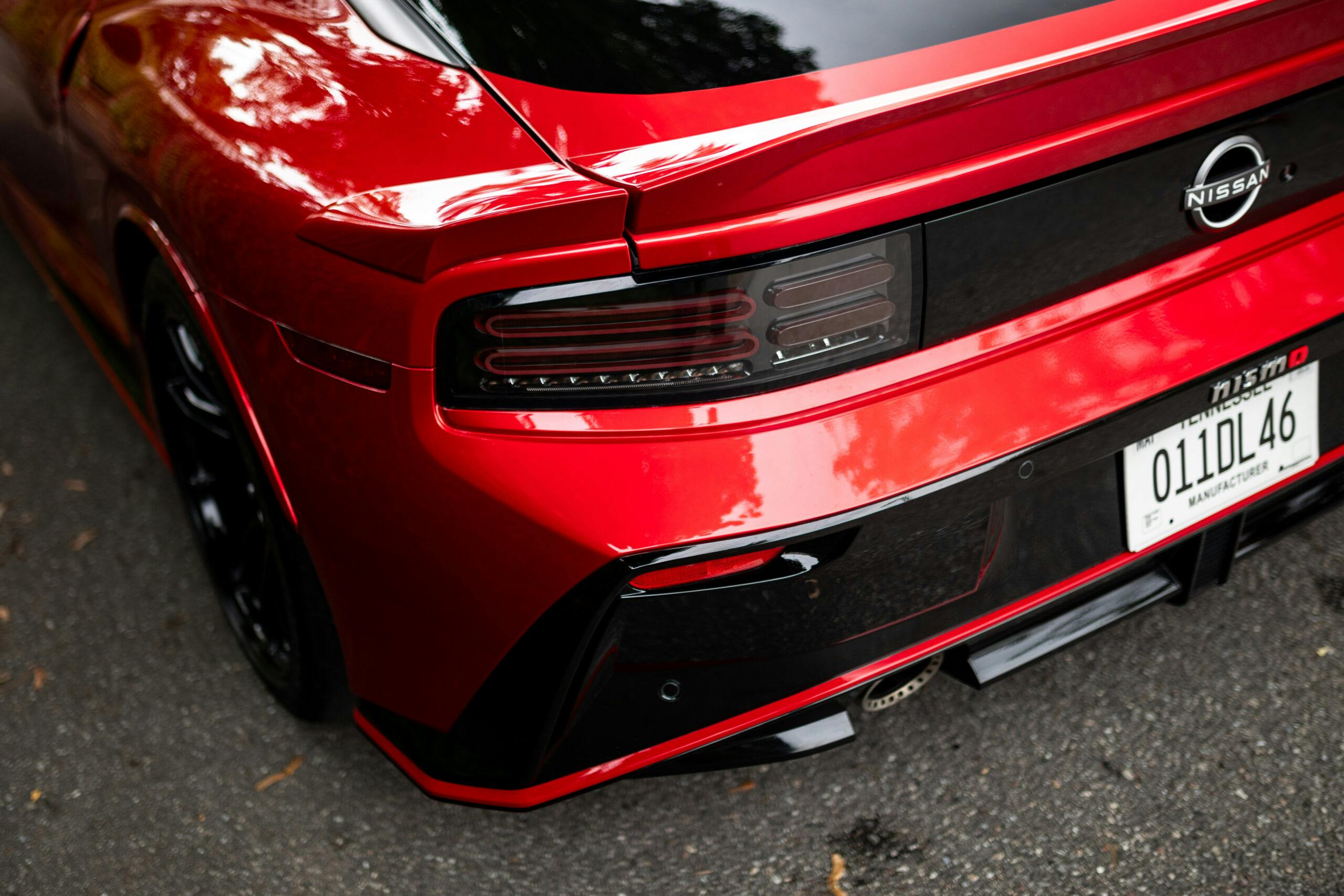
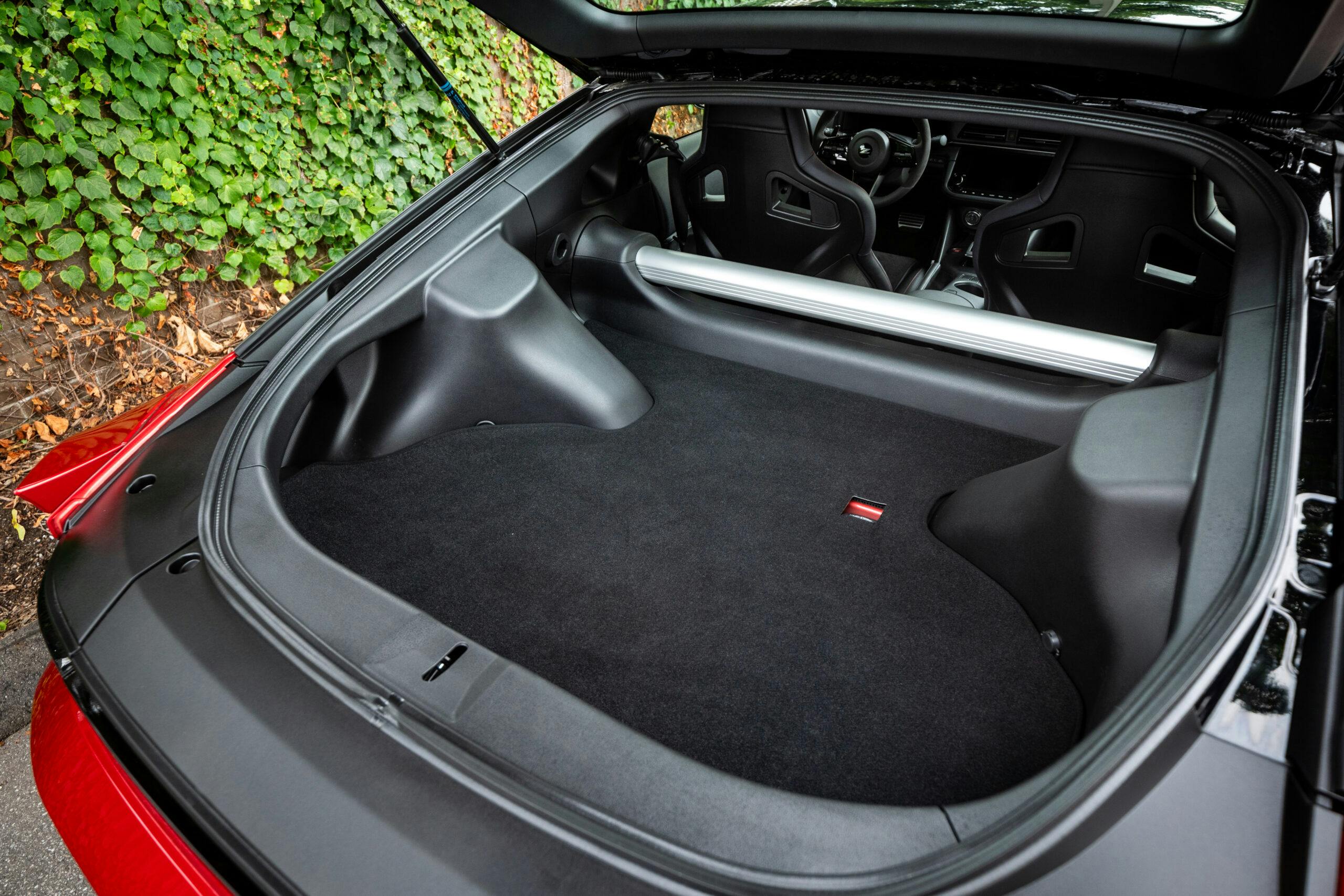
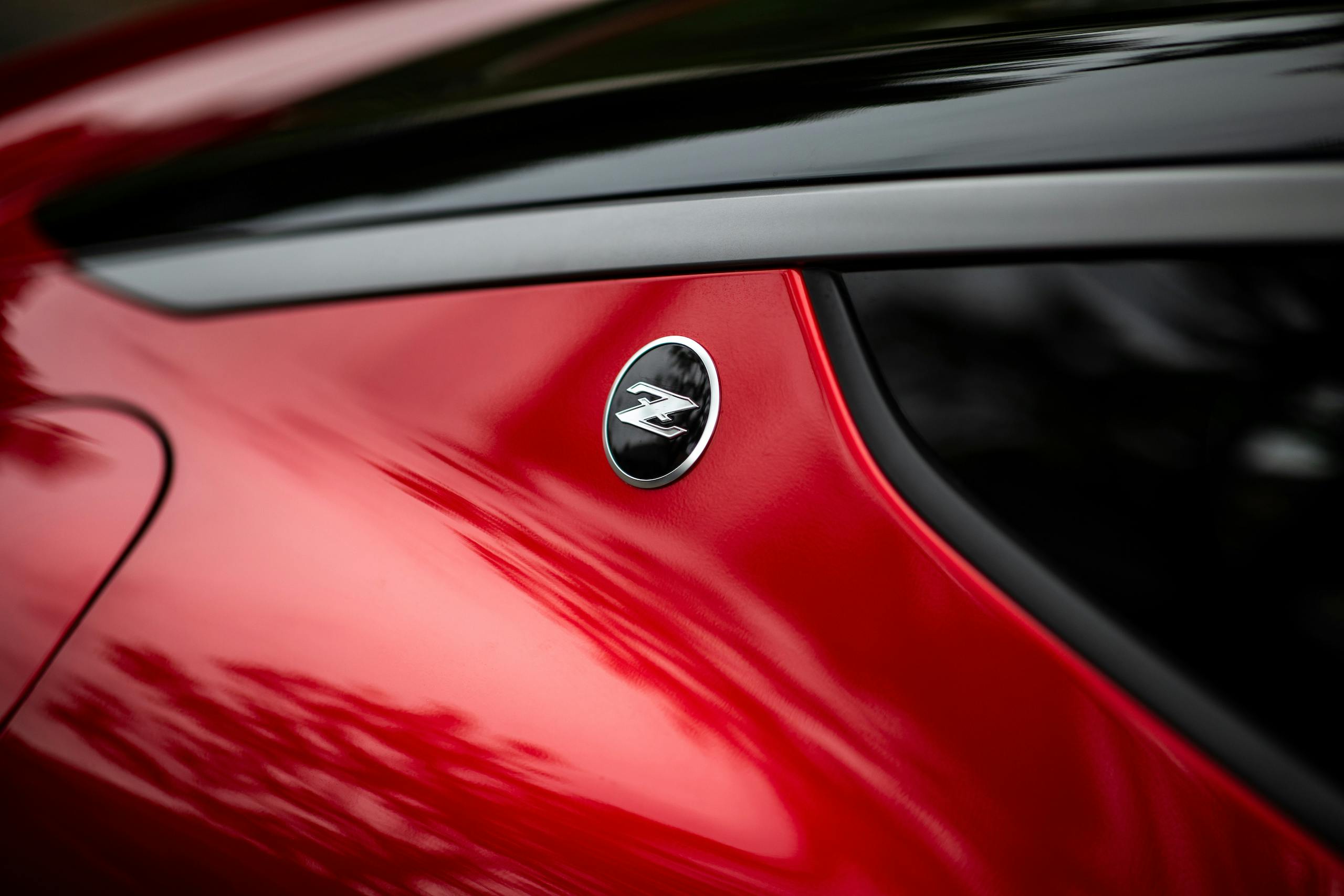


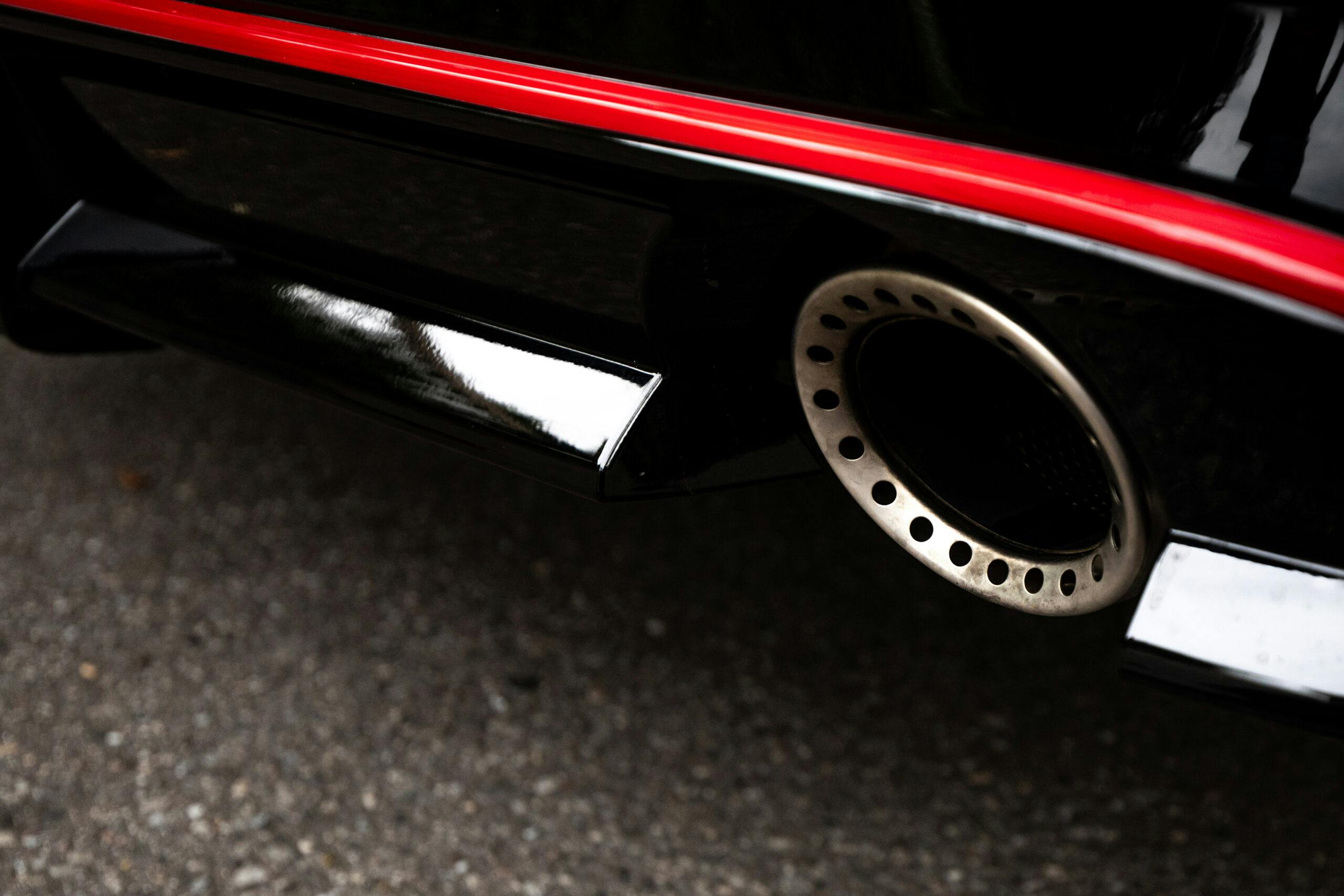

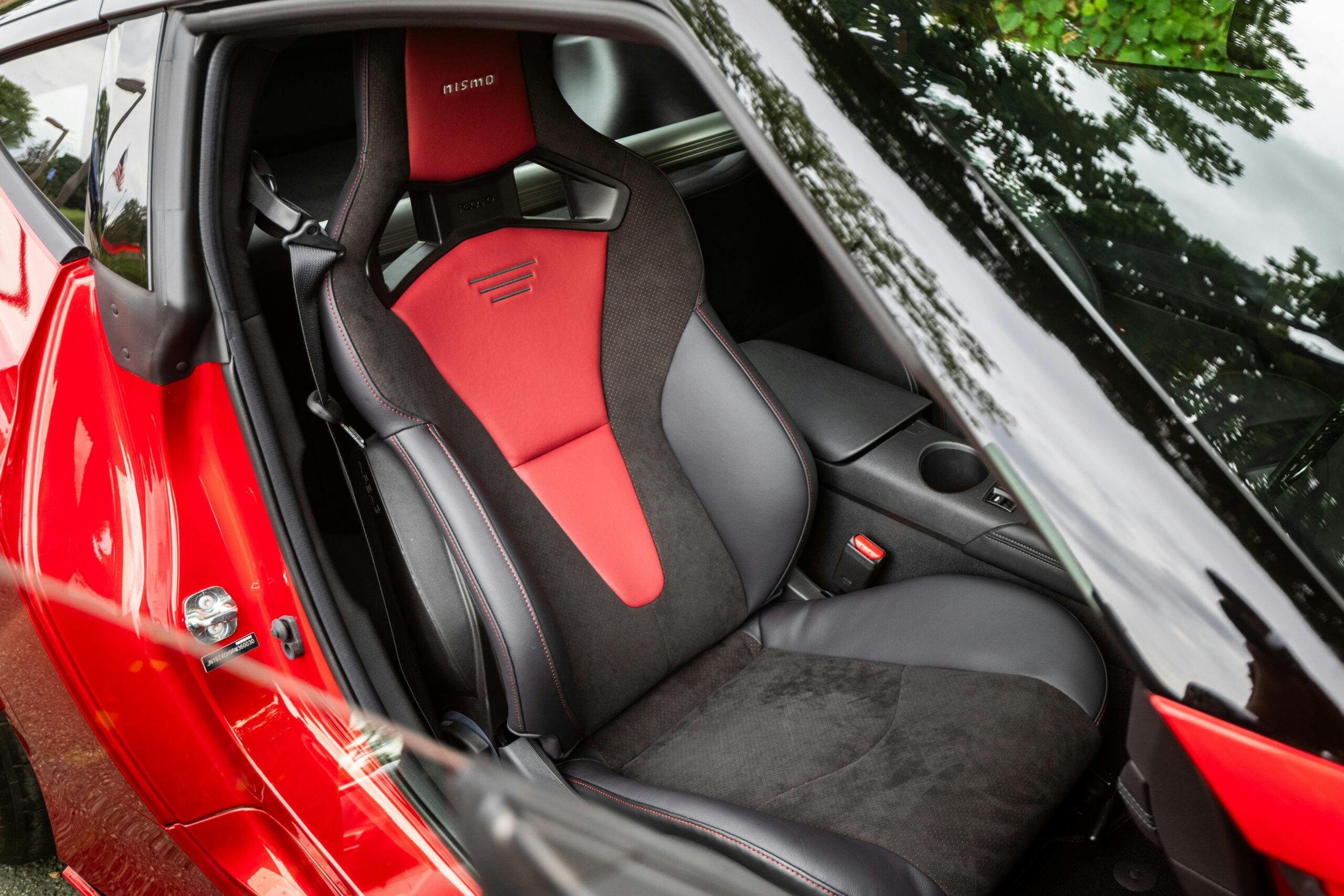
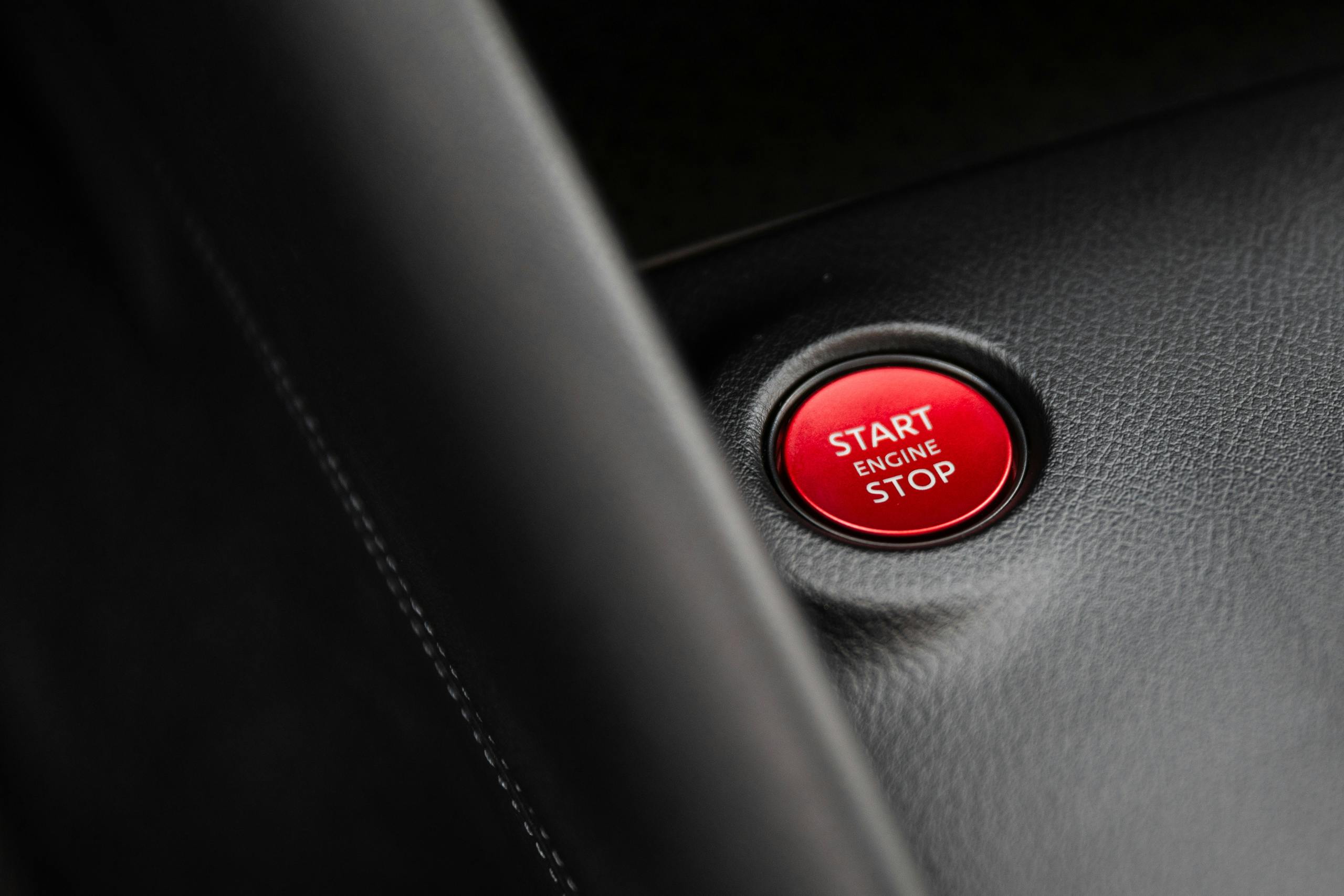
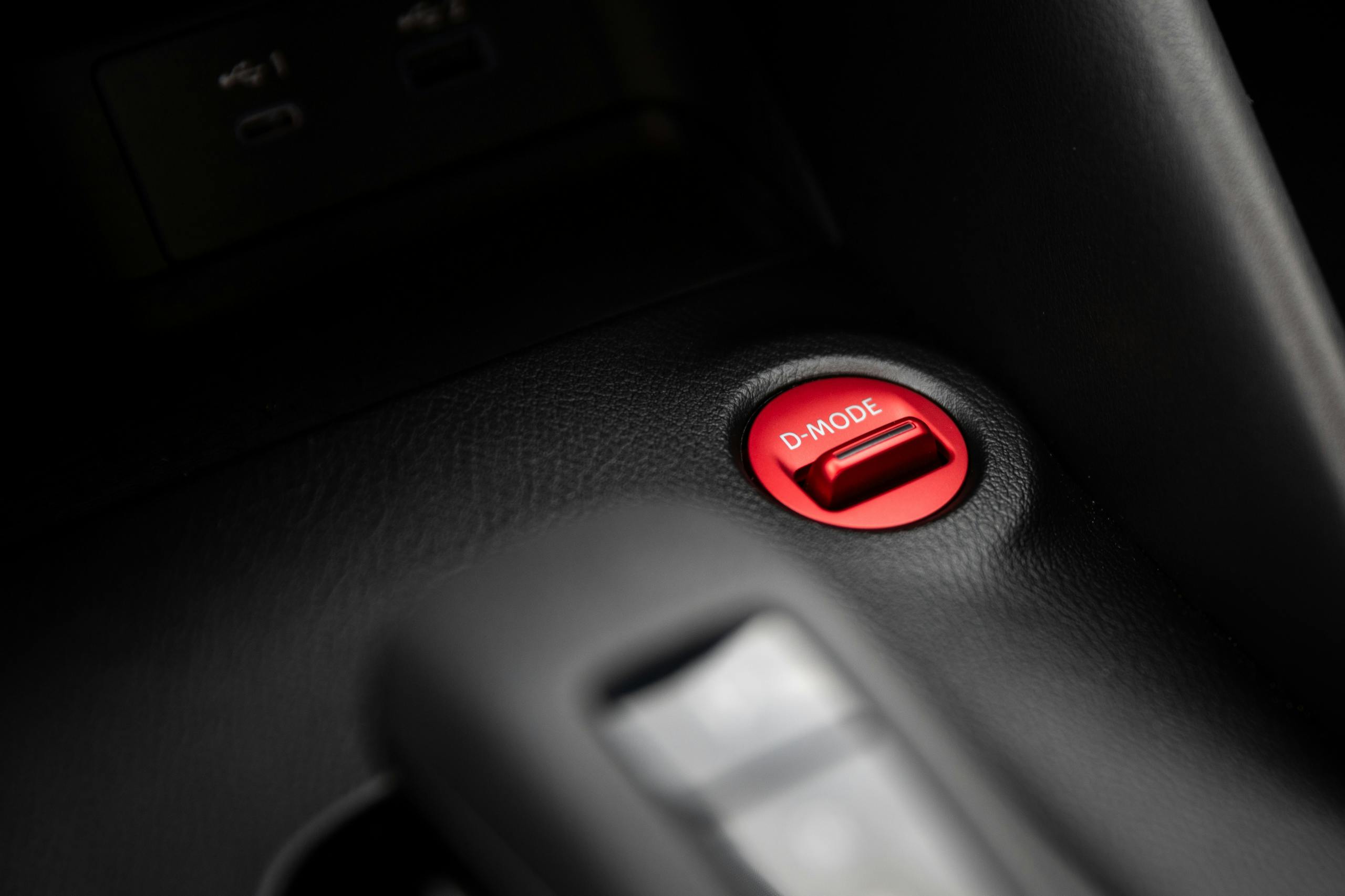


Brake sizes all wrong. Do your research.
thanks for the gentle nudge. fixed!
Re: The manual transmission offered on the regular Z was voted out from the start; it simply didn’t shift fast enough.” All fine & dandy, but they’re turning away customers like myself who just want the joy of rowing our own gears.
The nismo engineers need to turn in their car enthusiast licenses and go back to work at accounting dept
I like most of the upgrades here. I would get rid of the glossy black in the back and make the shifter less silly but otherwise this is a nice upgrade. while I would be fine with the auto I am puzzled as to why they got rid of the manual. It shifts slower? Duh, that’s not the reason against a manual here.
An automatic shifts faster? So what! I personally think a fraction of a second gained with an automatic transmission makes the NISMO Z less of a sports car then the regular Z or any manual Z that came before it. It can join the likes of C8 Corvettes, new Ferrari’s etc., that are driven by those who never experienced that human-machine connection, or learned the skill, and fun of shifting a manual.
Not a manual, not interested. Here I go, throwing this rant into the void, but just the same… It would really help to bring back racing series that encourage driving skill over a couple seconds faster track time, and maybe these manufacturers would grow a pair. If spectators were only interested in the fastest times, then the racing world would easily be dominated by electric vehicles. As much as I consider myself in support of any and all environmentally-minded moves, racing is a minuscule fraction of a percent of the problem, and racing is just not as exciting, interesting, culturally rich, or accessible without internal combustion, and by extension, the same goes for any car geared toward people who don’t consider their vehicle just an appliance. We’ve only got maybe 10-15 years before the sale of ICE cars is not allowed in many states, including my own. It’s a sensible and inevitable legislation, but come on – can we have some fun while this golden age lasts and get some cool cars out there that we don’t have to do a complicated trans swap on when we buy them second hand?! Wake up! All of the tech and material science and manufacturing is better than ever if the people in charge would just allow it to be applied to a product the community could get behind. This is LAME!
Hey, I agree 110% with your comments! I have yet to see a new Nissan Z in person, regardless of transmission, anywhere! “Do they even exist” is what my son asked the other day. If they’re so hard to find then an automatic only NISMO version will only exist as pictures in car magazines!
This is just sad. Nissan is pumping a Nismo version of the new Z and they have sold well less than 1,000 units in the U.S. pitiful.